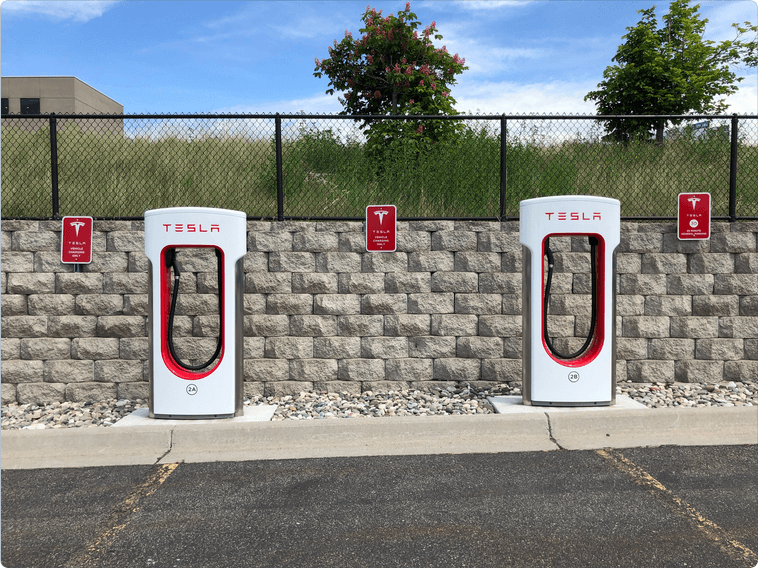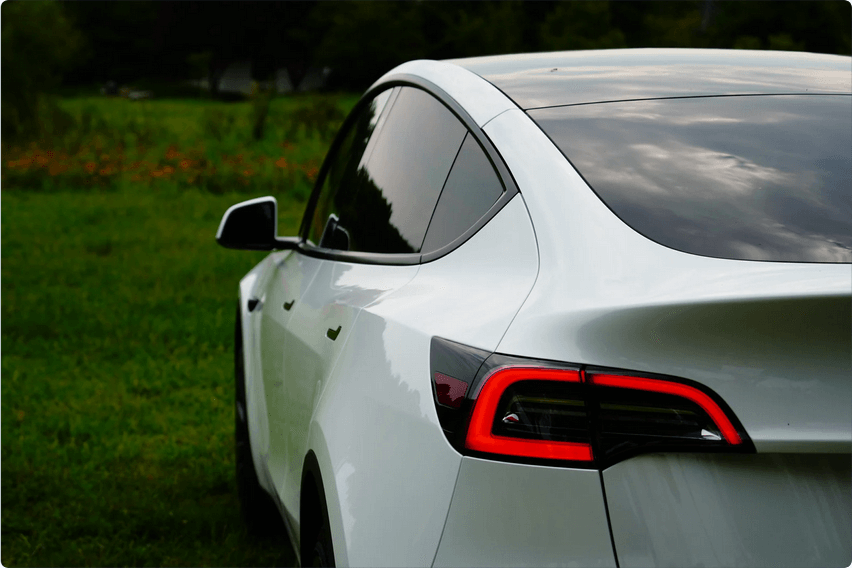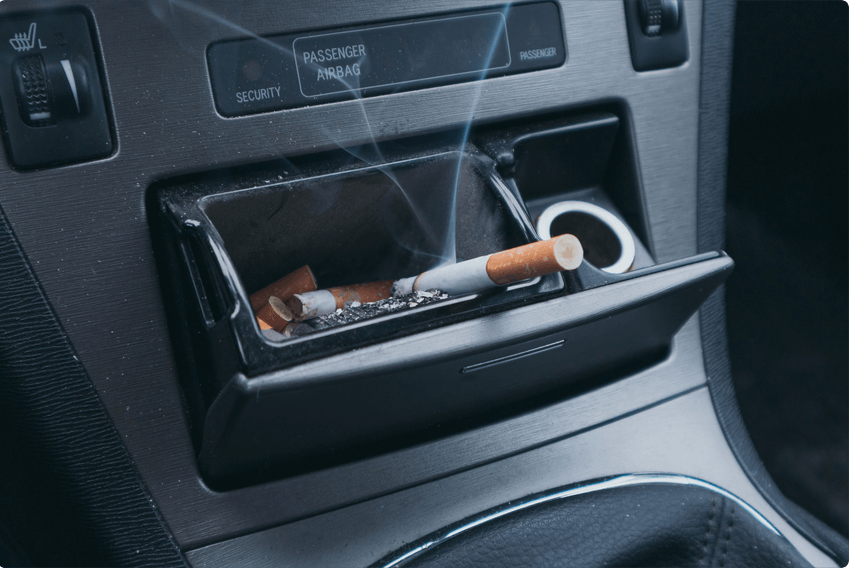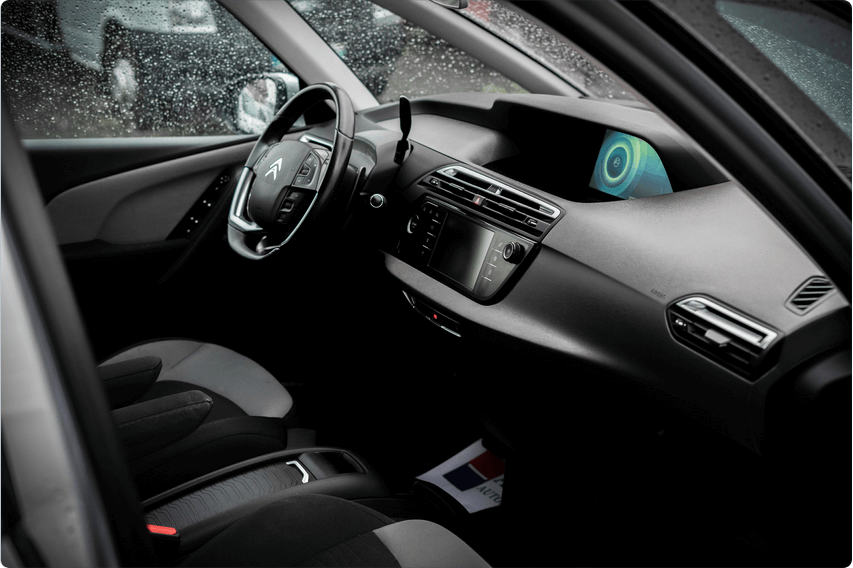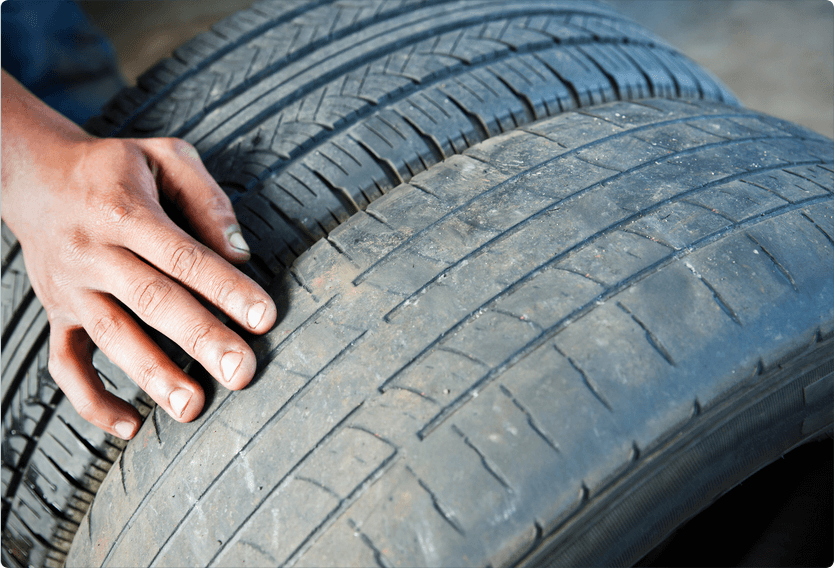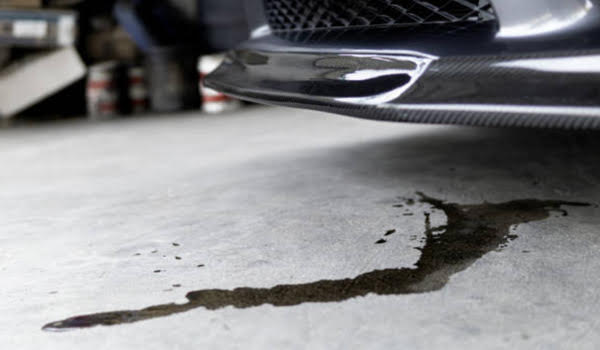When you purchase a new car, it will come equipped with an Original Equipment Manufacturer (OEM) set of tires made by your vehicle’s automaker. Though these tires are usually well-made and can enhance your experience while driving, you might have noticed that they wear out faster than you’ve come to expect from tires in the past. Before you purchase a new vehicle or set of wheels, learn more about why new car tires tend to wear out so fast and whether you should expect your new car to have a spare.
How Long Should Tires Last on a Brand-New Car?
Generally, new tires are designed to last between 40,000 and 70,000 miles. However, multiple factors can affect how long a tire lasts, such as the driving environment, the tire’s design, the materials used in the tire, the type of tire, and your driving habits.
Why Do New Car Tires Wear Out So Fast?
While you might be able to get 70,000 miles out of a set of tires, most new tires won’t deliver that sort of longevity. If you’ve noticed that your new car tires usually need to be replaced closer to the 40,000 mark, it’s likely due to how OEM tires are built now. In the past few years, automakers have started to prioritize cost, dry grip, efficiency, and noise/comfort when designing tires for new gas-powered vehicles. For electric vehicles, manufacturers tend to design their tires with a low rolling resistance to lengthen the vehicle’s range.
The reason for these changing priorities is that automakers want buyers to receive the best ride quality possible when they take their vehicles off the lot. Designing tires that increase a tire’s EV range or fuel efficiency can also make their vehicles more attractive to potential buyers.
Due to the focus on better ride quality and efficiency, auto manufacturers tend to make their tires with softer rubber compared to the harder rubber of the past. While harder rubber is more durable and helps tires last longer, softer rubber does a better job of absorbing bumps while you’re driving and improves traction. This greater absorption leads to a smoother ride quality, which automakers tend to prioritize over a tire’s longevity. However, the softer rubber’s tread will wear down faster, as it’s not as durable.
Fortunately, while OEM tires typically use softer rubber, you can find specialty tires that use harder rubber and are designed to last longer. An auto shop that sells tires can help you find tires that prioritize longevity over a smoother driving experience. As long as the tires match your vehicle, the auto shop can install them for you.
Do New Cars Come With Spare Tires?
According to Consumer Reports, around 40% percent of new cars don’t feature a spare tire. While this might seem alarming, especially since new tires can be expected to wear out faster, some new vehicles will have a sealant kit designed to patch a hole if your tires are punctured while driving. Additionally, some new cars have run-flat tires that are designed to travel a short distance after they lose air.
In many cases, a run-flat tire or sealant kit will work fine as a temporary solution before you take your vehicle to an auto shop for a new set. Not having a spare tire can also help a bit with increasing your vehicle’s fuel economy, as not including a spare tire reduces a vehicle’s weight.
While vehicles without spare tires might have alternative solutions, they have some drawbacks. For example, a sealant kit won’t work if your tire suffers from extensive damage, and if you’re too far from a repair shop, driving on a run-flat tire will be risky. As a result, make sure to check whether your new vehicle has a spare tire, and if it doesn’t, you might want to consider purchasing one for greater peace of mind.
Turn to Chapel Hill Tire for Tire Replacement Services in the Triangle
If you’re looking for new tires in Raleigh, Chapel Hill, Durham, or the surrounding Triangle area, Chapel Hill Tire can help. With our tire finder tool, you can easily find a new set of tires that match your vehicle’s needs and desired durability. Any new tires you purchase from us feature our price-beat guarantee, a lifetime of free flat repairs, rotation and road force balancing, and pressure checks. Our team can also recommend new tires, and once you decide on a set, we’ll quickly install them for you.
Learn more about our tire replacement services today. If you need new tires or any other auto services, please make an appointment at one of our convenient locations in the Triangle area. We also recommend checking out our coupons to see how much you can save!


